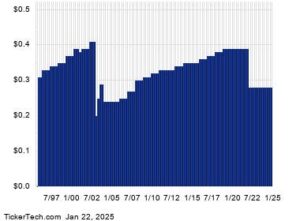Exchange-traded funds (ETFs) are all the rage this year, as more investors flock to the opportunities they provide. The trend is leaving some to wonder just what ETFs are, and what the fuss is all about.
An ETF is a type of pooled investment security that operates much like a mutual fund.
Typically, ETFs will track a particular index, sector, commodity or other asset. But unlike mutual funds, ETFs can be purchased or sold on a stock exchange the same way that a regular stock can.
ETFs can be structured to track anything from the price of an individual commodity to a large and diverse collection of securities – and can even be structured to track specific investment strategies.
MILLENIUM, CAPULA, TUDO PILE BITCOIN ETFS INTO PORTFOLIOS
While many ETFs track an underlying index like the S&P 500, there are many more targeted ETFs focused on companies that demonstrate growth traits or pay dividends.
In contrast, index mutual funds tend to focus on just broad market exposure. With ETFs, investors can better tailor their portfolios to fit their risk profile.
While an index fund is a great way to get exposure to a variety of stocks in one wrapper, an ETF provides a more direct way to play a basket or index of securities. An active ETF is not necessarily copying an index.
LAUNCHES OF ACTIVELY MANAGED EXCHANGE-TRADED VEHICLES ARE SURGING, BUT THEIR PERFORMANCE IS OFTEN POOR
One advantage of ETFs, compared to mutual funds, is that they are publicly traded during market hours.

Another plus is that an ETF wrapper gives an investor the opportunity to play 25, 100, 250, 500 stocks in a single “stock” and thus only have to pay potential capital gains or losses on one security.
Investors can make money from an ETF by selling it at a higher price than it was purchased for, and many ETFs also pay dividends from the underlying stocks or other assets in the bundle.
FOX Business’ Erica Lamberg contributed to this report.
Read the full article here










